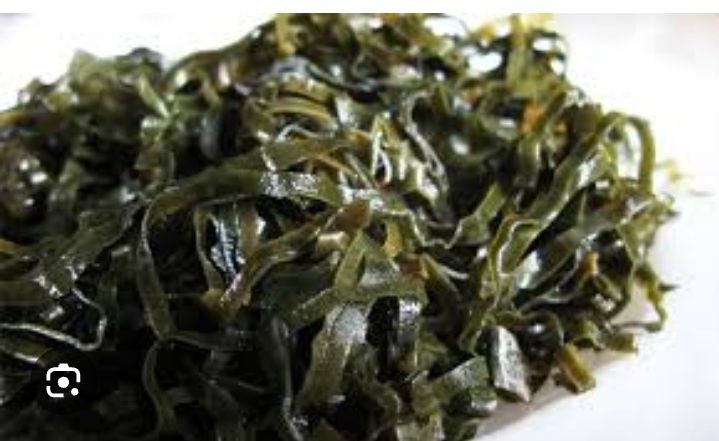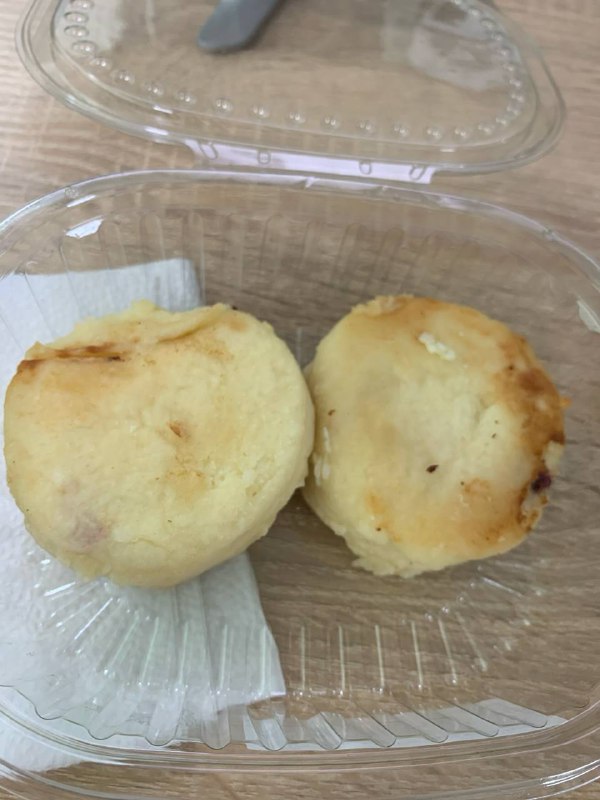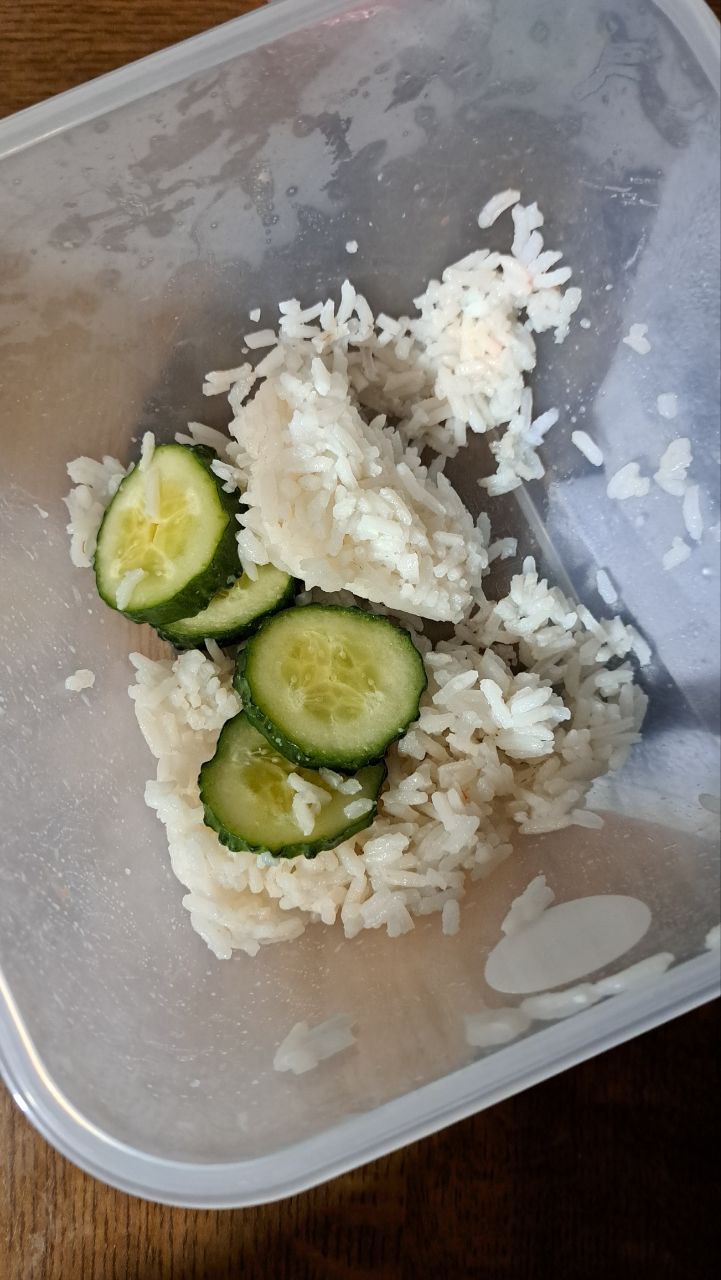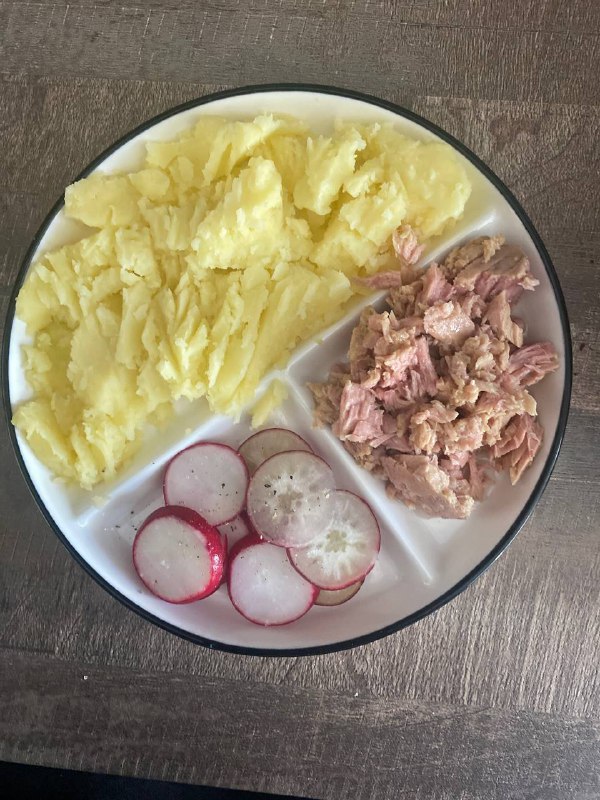plate.bot
track your foodKombu Seaweed Recipe
Kombu seaweed is a staple ingredient in Japanese cuisine, widely appreciated for its unique flavor and nutritional benefits. Often used as a base for broths or simmered to make delicious side dishes, kombu is enriched with minerals and presents a versatile option for various meals. Today, we're exploring a classic method of preparing kombu, which involves simmering it with a blend of rich flavors derived from soy sauce, sugar, mirin, sake, and dashi stock. This traditional technique reveals the seaweed's soft texture and deep umami taste, making it an excellent addition to your culinary repertoire.

🌎 Japanese: Side Dish
- 🔥 Calories 45kcal
- 🍗 Protein 5.6g
- 🍚 Carbs 9.57g
- 🧈 Fat 0.56g
🥗 Ingredients:
- kombu seaweed (100g)
- soy sauce (10g)
- sugar (10g)
- mirin (10g)
- sake (10g)
- dashi stock (0g)
🍳 How to cook (2 servings):
Preparing the Ingredients
Begin by thoroughly rinsing the kombu seaweed under cold water to remove any surface impurities. Then, soak the kombu in water for about an hour to soften it, making it more palatable and easier to cook.
Mixing the Seasonings
In a small bowl, mix the soy sauce, sugar, mirin, and sake together. This will be your seasoning mixture that will add a rich flavor profile to the kombu.
Simmering the Kombu
Place the soaked kombu in a pot and add enough dashi stock to cover it. Over medium heat, bring the mixture to a slight simmer. Avoid boiling as it can make the kombu too soft or disintegrate. After the broth starts to simmer, add the seasoning mixture you prepared earlier and let it cook gently for about 20-30 minutes or until the kombu becomes tender.
Serving
Once done, remove the kombu from the pot, allowing it to cool slightly before slicing it into manageable pieces. Serve the simmered kombu as a side dish or an appetizer, garnishing it with some of the broth for enhanced flavor.
⭐️ Nutrition facts:
Kombu seaweed is a rich source of vitamins and minerals, notably iodine, which is essential for thyroid function. It's also high in dietary fiber, promotes gut health, and contains compounds that can help reduce cholesterol levels. With its high protein content relative to low calories and fat, it's a great addition to a health-conscious diet.
You may also love
 White Rice With Mixed Vegetables, Mixed Greens Salad, And Fish Pieces
White Rice With Mixed Vegetables, Mixed Greens Salad, And Fish Pieces🔥 550kcal • 🍚 75g • 🍗 35g • 🧈 10g
Explore More Recipes
- Recipes with dashi stock for gluten free dinner to achieve any goal
- Recipes with kombu seaweed for a low-calorie lunch to achieve any goal
- Recipes with mirin for low ffor dinner to achieve any goal
- Recipes with sake for vegan lunch to achieve any goal
- Recipes with soy sauce for vegetarian dinner to achieve any goal
By using this site, you agree to read and accept our terms of use, refund policy and privacy policy.
© Copyright 2025. All rights reserved.




